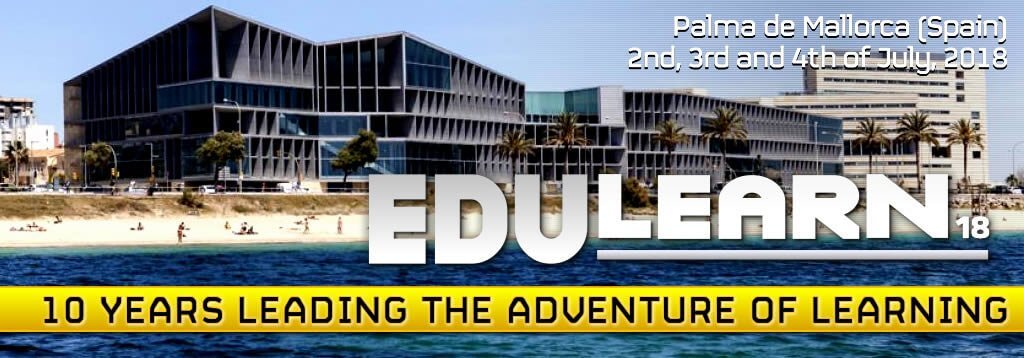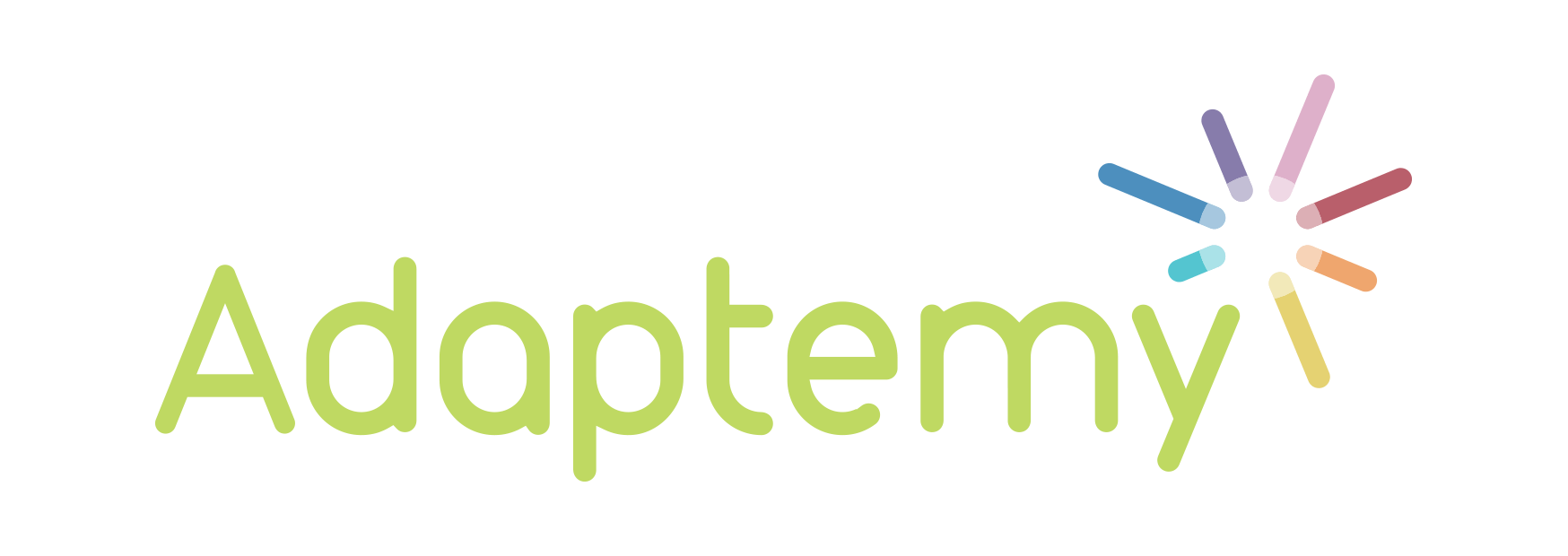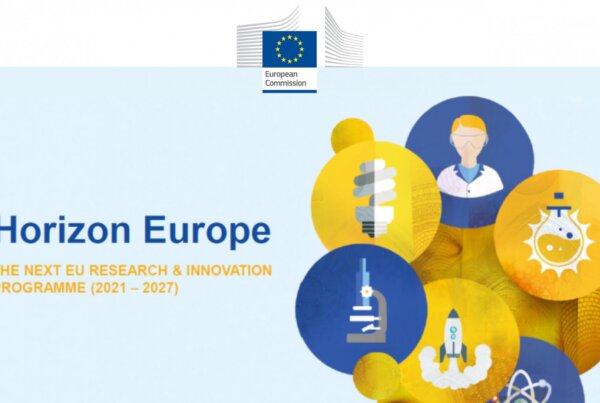
Ghergulescu, I., Lynch, T., Bratu, M., Moldovan, A., Muntean, C. H., & Muntean, G.-M. (2018). STEM Education With Atomic Structure Virtual Lab For Learners With Special Education Needs. Presented at the International Conference on Education and New Learning Technologies (EduLearn).
https://library.iated.org/view/GHERGULESCU2018STE
Abstract
The Atomic Structure virtual lab was employed in a small-scale pilot carried out in a school for students with special education needs (SEN) from Ireland, as part of the European Horizon 2020 Project NEWTON. Atomic Structure virtual lab places the learner in the centre of the learning experience through implementation of personalisation, inquiry-based learning, and self-directed learning. These pedagogies, combined with interactive activities and the use of multimedia, make Atomic Structure an engaging, encouraging, and fun learning environment. In the lab students are active participants, not passive listeners: they are in charge of their own learning. The Atom Structure virtual lab teaches concepts regarding atoms, isotopes and molecules. Learners can also interact with atoms, build an atom from information available in the periodic table, build isotopes and molecules. Students with hearing impairment from two secondary school classes participated in the pilot. A number of surveys and questionnaires were used in the evaluation methodology including demographic questionnaire and Torrance Tests of Creative Thinking (TTCT) questionnaire. The evaluation results showed that the students’ creative thinking has improved significantly in terms of various mental characteristics such as fluidity, flexibility and originality.
http://www.newtonproject.eu/wp-content/uploads/2019/01/2018_EDULEARN_IG.pdf




